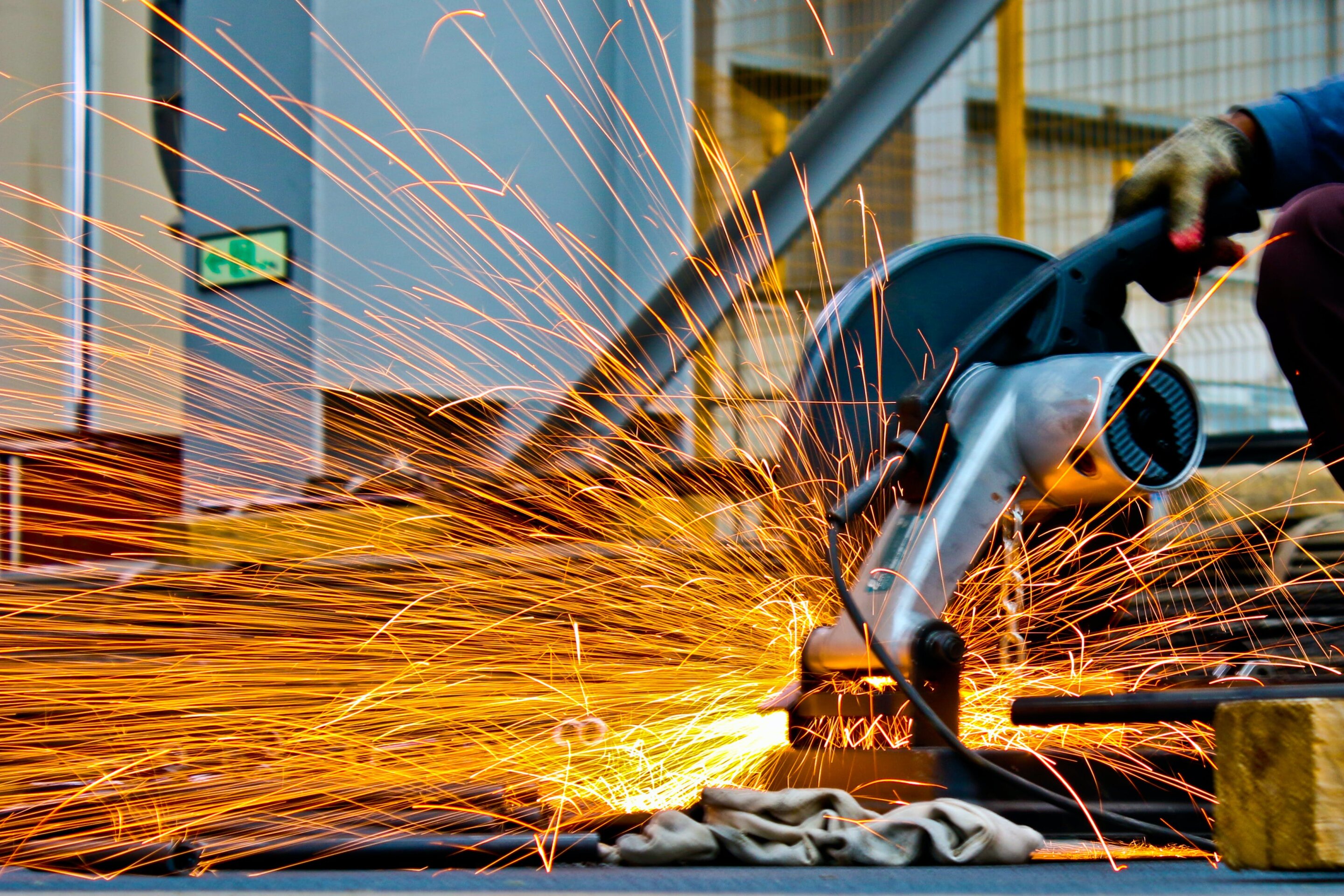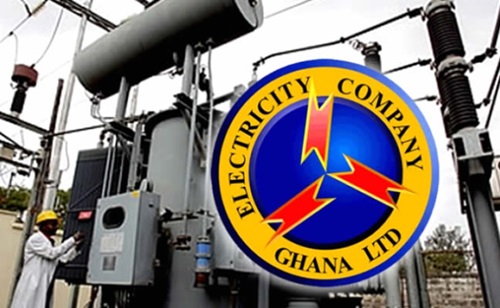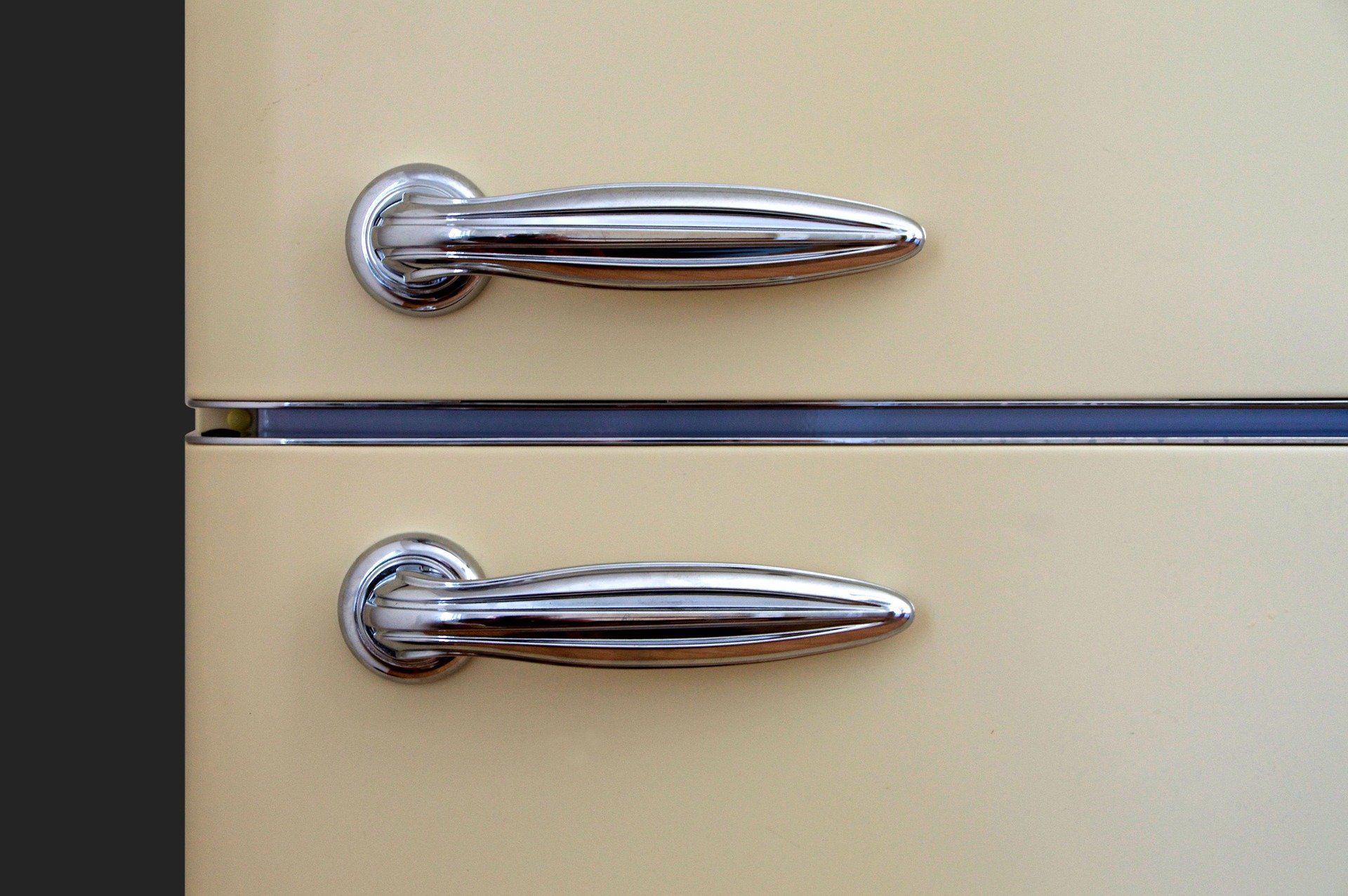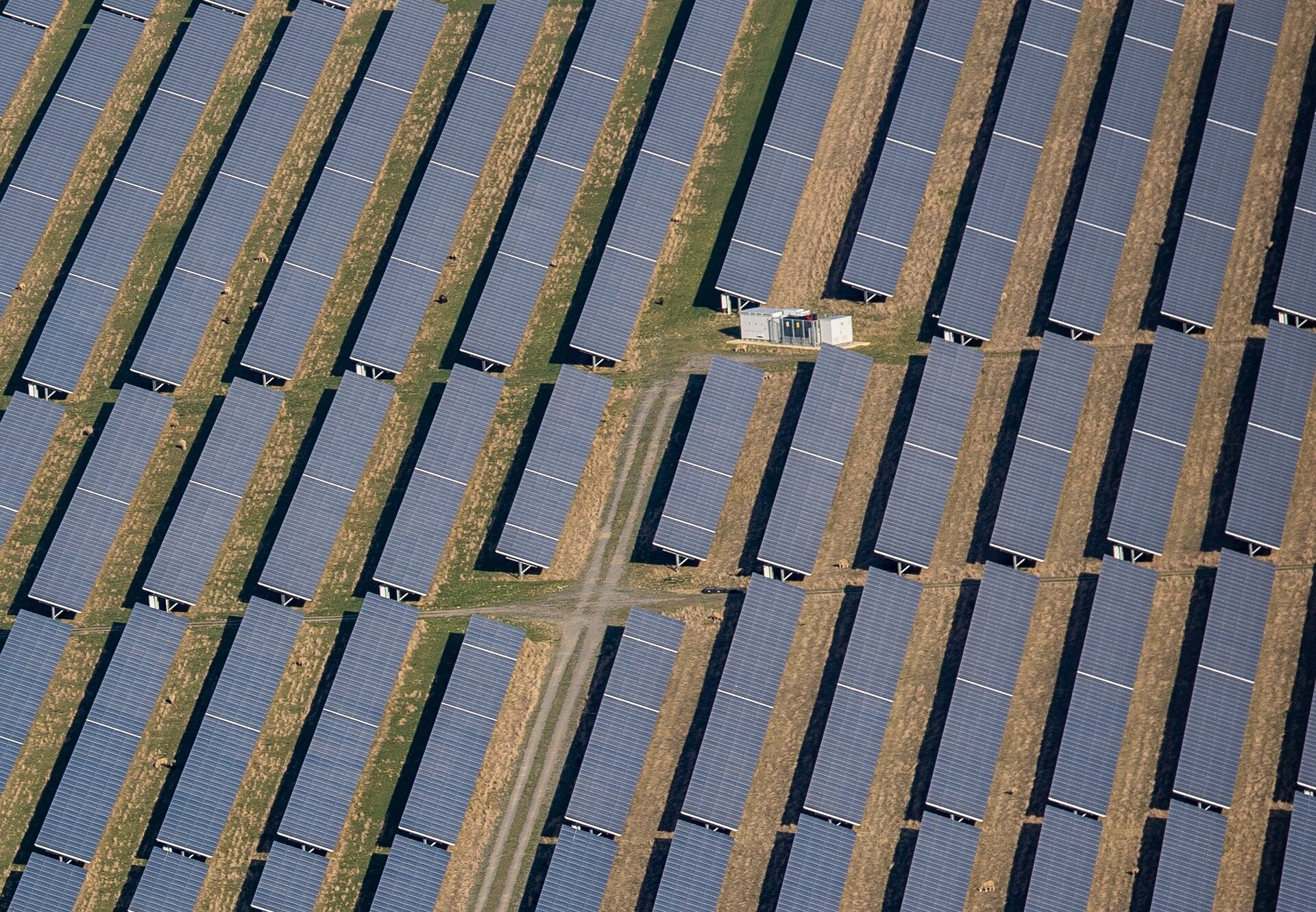- Oil prices steady as China stimulus hopes fade, U.S. crude stockpiles fall
- Australian, New Zealand dollars scale new highs on China boost
- European markets edge lower as China stimulus rally fades
- Gold touches record high on rate-cut bets, weaker U.S. dollar
- China likely needs more than rate cuts to boost economic growth
What do you believe is the single most important factor driving up the cost of living in Nigeria?

Innovative electrolytes could transform steelmaking and beyond
The lifeblood of any battery is the electrolyte. It is the medium through which positively charged elements (cations) migrate en masse between the positive and negative electrodes. By this means, batteries discharge to provide energy and charge to store energy. Scientists call this an electrochemical process.
Electrolytes are central to the development of different electrochemical processes, as well. For example, they could be used in converting iron ore into purified iron metal or iron alloys. A challenge is that the electrolyte must remain stable under extreme operating conditions and avoid side reactions that reduce energy efficiency. The payoff would be that such a process could eliminate the energy-intensive blast furnaces used in steel production and thereby reduce greenhouse gas emissions.
That is the aim of the new Center for Steel Electrification by Electrosynthesis (C-STEEL), an Energy Earthshot Research Center.
In a recent paper, Argonne researchers report an innovative approach to designing a new generation of electrolytes for almost any electrochemical process. The paper is published in the journal Chem.
"With this approach, scientists should be able to develop electrolytes for not only electric vehicle batteries, but also the decarbonized manufacturing of steel, cement and various chemicals," said Justin Connell, materials scientist at Argonne and a deputy director of C-STEEL.

- September 19, 2024
Study outlines cost-effective paths to eliminating greenhouse gas production





- September 18, 2024
Energy companies have spent R98bn on 'sportswashing' - report

- September 19, 2024
ECG privitisation: Who will put money in a failing organisation?

- September 23, 2024
The Biden administration is fighting smugglers of a potent greenhouse gas

- September 19, 2024
Czechs to develop small nuclear reactors with Rolls-Royce
Subscribe to our mailing list to get the new updates!

Subscribe our newsletter to stay updated
Thank you for subscribing!





